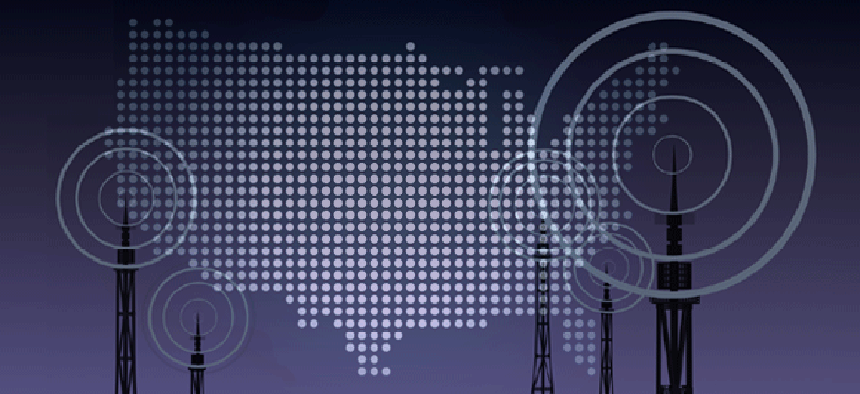Whatever happened to Super Wi-Fi? It's back!


Connecting state and local government leaders
The FCC's plan to open up the white spaces between TV channels for long-range wireless was dormant for a while, but a North Carolina county is putting it to use.
Back in 2010, the Federal Communications Commission announced it would be taking steps to free up the ranges of frequencies between broadcast TV channels, called “white spaces,” for other uses. One of those uses was supposed to be what was called “Super Wi-Fi,” which could provide robust, long-range wireless communications and could be used, for instance, by cities or counties for municipal broadband networks.
Even though the term “Wi-Fi” in this context is incorrect — the radio technology is different, and it isn’t endorsed by the Wi-Fi Alliance — the name stuck, and we still refer to it as “Super Wi-Fi.”
New Hanover County and the city of Wilmington in North Carolina last month announced the launch of the nation’s first Super Wi-Fi network covering several city parks. The county already had been using unused TV white spaces for wireless communications in areas where it was not practical to use fiber, such as for sensors monitoring water quality in wetlands and as traffic monitors.
So Super Wi-Fi could be showing its potential. But what is it?
Super Wi-Fi frequencies are much lower than even the 2.4 GHz band used for some current wireless networking. On the U.S Frequencies Allocation chart, TV channels sit in a couple places: VHF channels 2-6 sit between 54 and 88 MHz, channels 7-13 are at 174 to 216 MHz and the UHF channels (21-61) go from 470 to 763 MHz.
As these waves have a much lower frequency, their signals can go much farther than traditional Wi-Fi and penetrate obstacles such as concrete walls more easily. Access points would have a range of several miles, with upload speeds of 6 megabits/sec and download speeds of 20 megabits/sec, about in line with 4G LTE.
The only disadvantage is that the bandwidth of a wireless channel in these ranges would be much smaller than the higher-frequency Wi-Fi. Still, these frequencies could be ideal for making a nationwide wireless network.
So, what has held it up? Well, for one thing, testing. Also, since this is the first time in more than 20 years that the FCC will have allocated a section of spectrum for unlicensed use, the commission had to make sure all of its legal ducks were in a row. And the last time it freed up spectrum, it was for low-power wireless devices, such as baby monitors, microphones and garage door openers. This time it is for broadcasts that would go for miles.
Also, because Super Wi-Fi would use unlicensed spectrum, telecommunications companies initially balked at the idea of “free Wi-Fi.” But although the airwaves would be free, services would not be, and companies now seem to be looking at it as a fast lane to innovation. (Although Hanover County officials say they don’t plan to charge people for using its Super Wi-Fi network, they are contracting with local companies to build it out.)
Now that the trials are largely complete, and one county has a working example, the stage is set for commercial manufacturers to jump in. Just last week many of the industry’s experts attended the Super Wi-Fi Summit in Miami, Fla., where they discussed the recent developments in white space allocation, and how it might affect their companies as well as the face of the Internet. They must have made good progress, because they are having another summit in August.
So fairly soon, we may see products rolling out that take advantage of this new spectrum allocation. It might even pave the way (figuratively) for a network of driverless cars, which have been in the demo stage for a while now, but were lacking a network to run on.
NEXT STORY: Better gun checks require better IT systems




